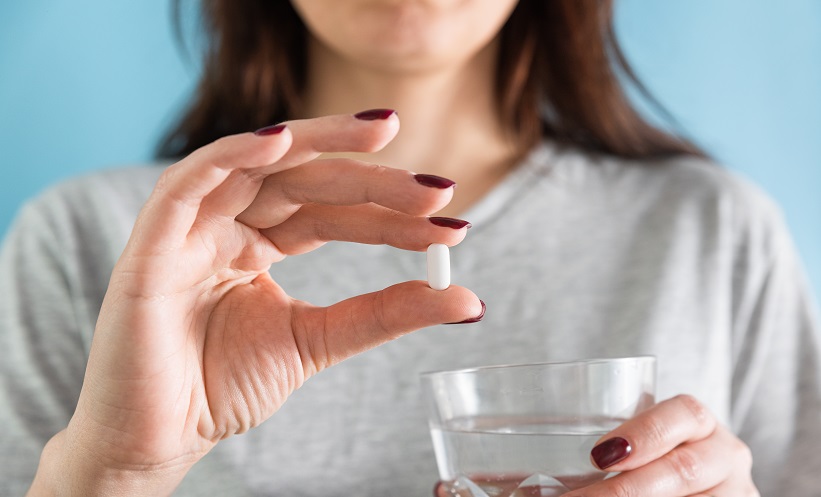ABSTRACT
The current ‘Western cluster’ of non-communicable disorders could be redefined as a dysfunction of the heterogenic, complex, and bidirectional metabolic network, which often affects not one, but several tissues simultaneously leading to Type 2 diabetes mellitus (T2DM), cardiovascular disease (CVD), and non-alcoholic fatty liver disease. These masts of the pathologic network share a combination of various common risk factors, as well as an advantageous imbalance between energy expenditure and energy intake. In this context, gradual and sustained nutritional changes have become the cornerstone for prevention and treatment of metabolic pathologies. Most common strategies entail either restriction of carbohydrates or fats; nevertheless, previous studies have shown conflicting results addressing which of these diets leads to greater reductions regarding these risk factors.1,2
For this reason, the department of Clinical Nutrition at the German Institute of Human Nutrition, Nuthetal, Germany is interested to disclose the role of nutrient-dependent factors in this still-abstract pathologic network.
A total of 55 subjects were recruited within a subgroup of an ongoing intervention study. All study participants gave their written informed consent and were randomly selected to undertake either a very low carbohydrate (VLC) or a low fat (LF) diet. During the intervention, subjects were guided by a professional nutrition specialist and took part in the examination at baseline and after 3 weeks of diet. Both examinations included magnetic resonance spectroscopy (MRS) and magnetic resonance imaging (MRI) scans and assessment of endothelial function, among others.
The design of both dietary interventions was focussed on calorie restriction by limiting the amount of the respective macronutrients. The VLC diet (1,200–1,500 kcal/d) provided 5–10% of total energy from carbohydrates. The LF diet was characterised by a fat intake <30% of the total energy intake by an even stronger calorie restriction compared to VLC diet (1,000–1,200 kcal/d).
By making use of a highly innovative computerised system, which allowed the motioned identification of the arterial intima media complex, we were able to assess the endothelial function as an independent risk marker for CVD. The endothelial function was assessed by a non-invasive method, which triggers the endothelium-dependent relaxation of the right brachial artery in response to ischaemia. This so-called flow-mediated dilation investigation technique was developed following the guidelines of the International Brachial Artery Reactivity Task Force.3
Interestingly, results of the flow-mediated dilation data showed that, after 3 weeks, the endothelial function significantly improved in the LF group only. This acute effect was also observed in the visceral adipose tissue, which was significantly reduced in the LF diet group. In contrast, the intrahepatic lipids decreased similarly in both groups.
Previous studies have highlighted the potential negative effect of a VLC diet on endothelial function and CVD.4 This is based on the assumption that a VLC diet implicates a high fat intake, especially saturated fats; indeed, in this study the aim was to increase fat by 60–70%.
To conclude, it is worth mentioning that both LF and VLC diets have different properties when performed for a longer period of time. Consequently, according to our results, patients at high CVD risk with T2DM and non-alcoholic fatty liver disease may experience greater benefits from following a LF hypocaloric diet for the first treatment weeks, in order to change endothelial function.








